How To Teach Students To Research Without Google
Scaffolding, encouraging discussion, modeling exemplars — here are a few ways to teach students how to research without Google.
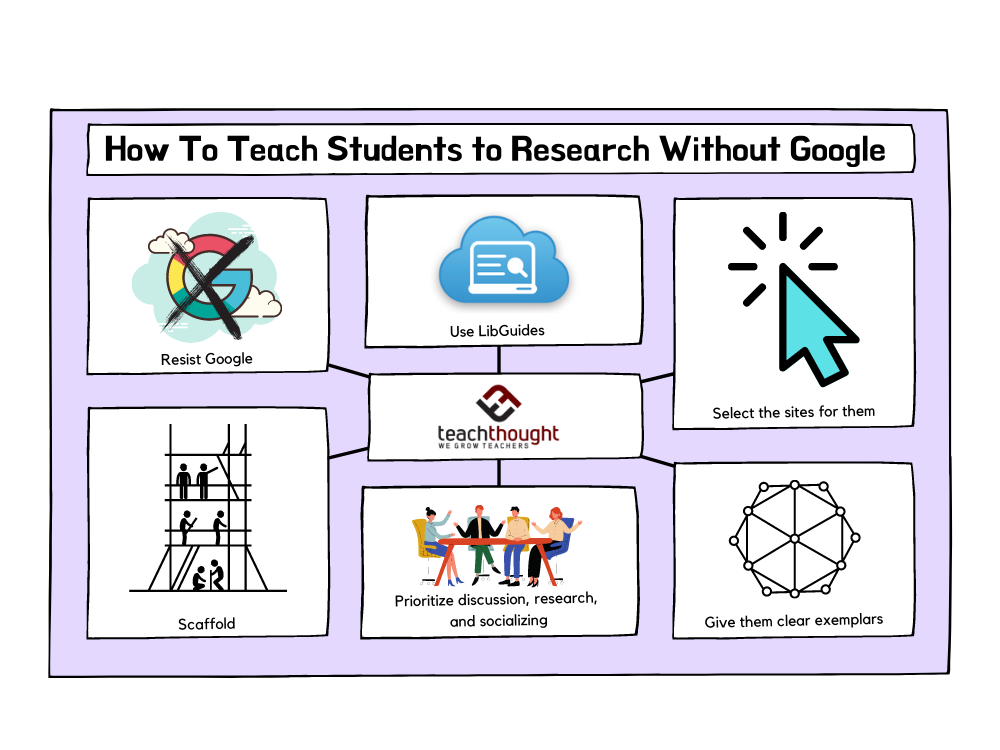
Scaffolding, encouraging discussion, modeling exemplars — here are a few ways to teach students how to research without Google.
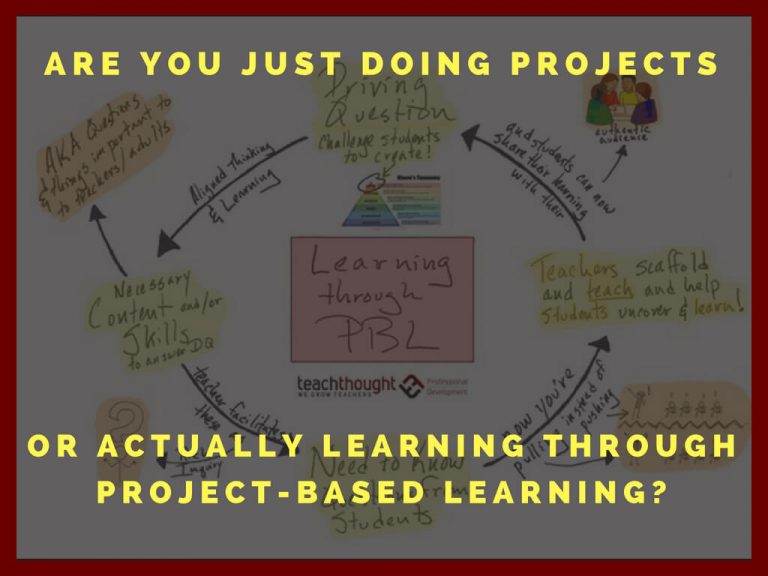
Project-based learning is not just doing projects, it’s students learning through the work of a project and that’s a critical distinction.
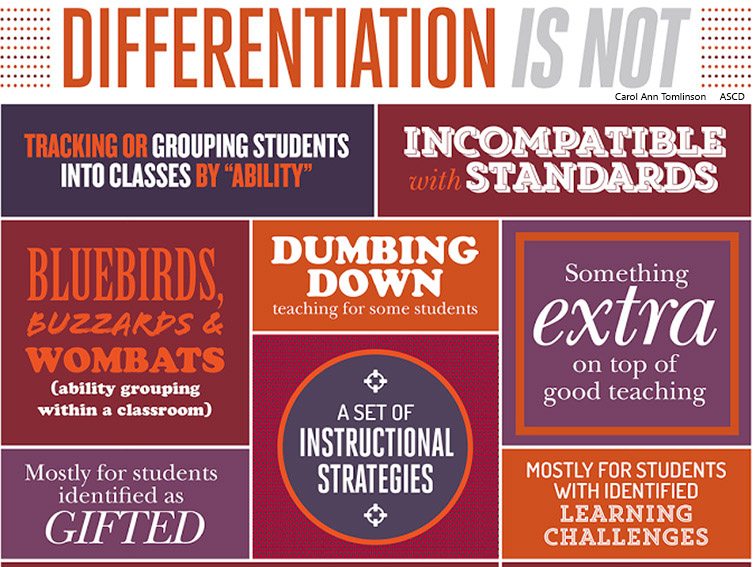
Differentiation means adapting content, process, or product according to a student’s readiness, interest, and learning profile.
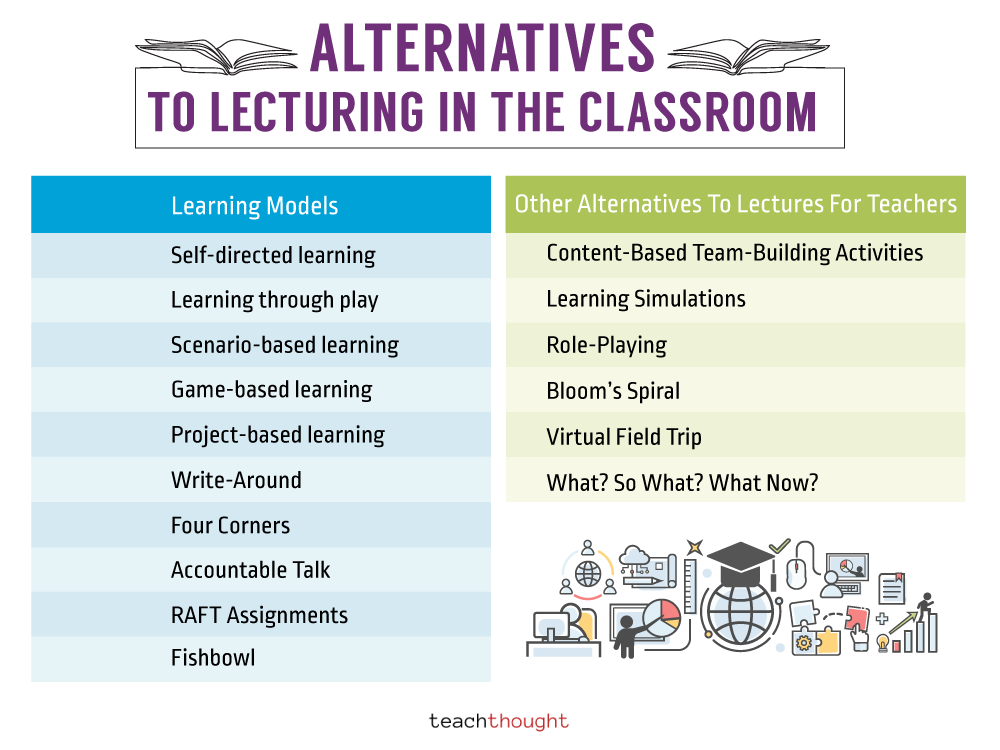
From Accountable Talk to interactive RAFT Assignments, podcasting to debate, there are countless alternatives to lecturing.

21st century assessment design involves using digital tools, collaborating with others, performance tasks, and more.
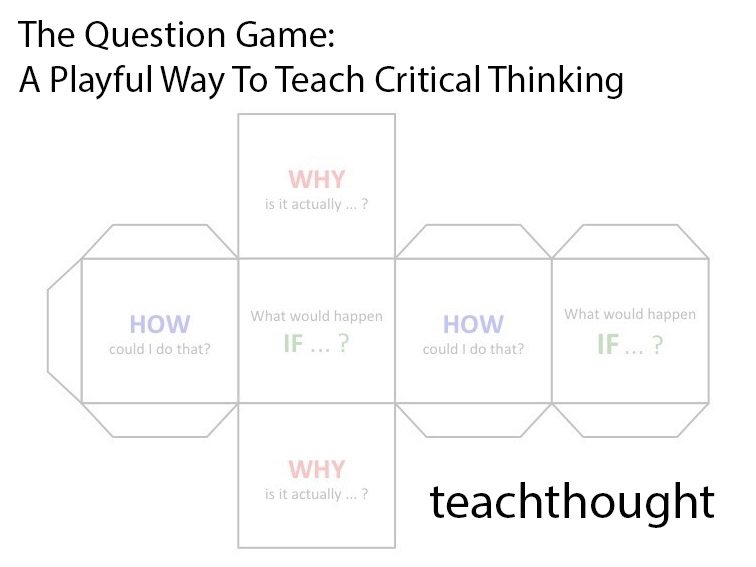
What’s The Question Game? A playful way to help students learn to ask the right question at the right time–with a paper cube.
Students who are challenging–i.e. victims of disruptive childhoods–do not change overnight. They require time to grow.
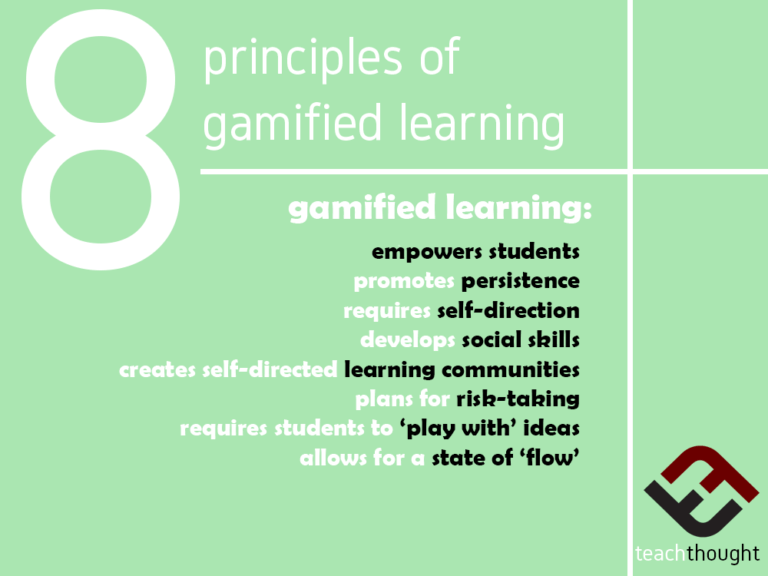
Gamified instruction uses the mechanics, engines, and underpinning strategies games use to encourage play to encourage learning.
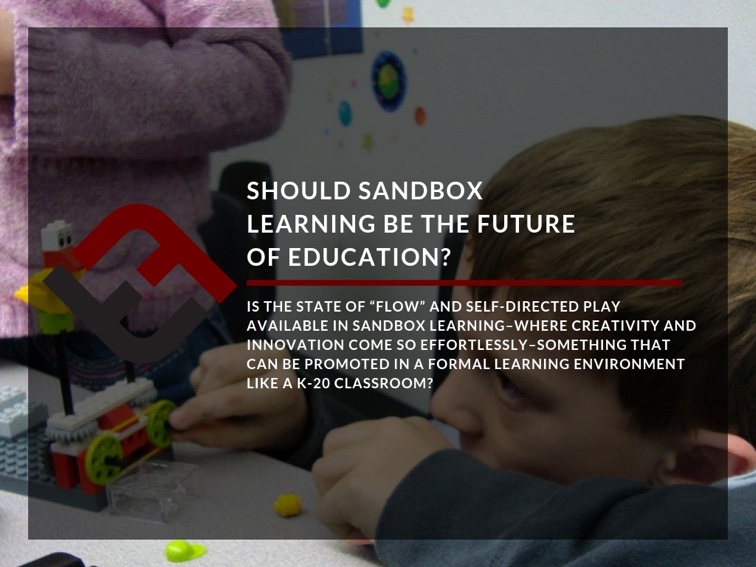
In sandbox learning, learners directly interact with content, & thus gain more willingness to experiment, understand, and follow curiosity.
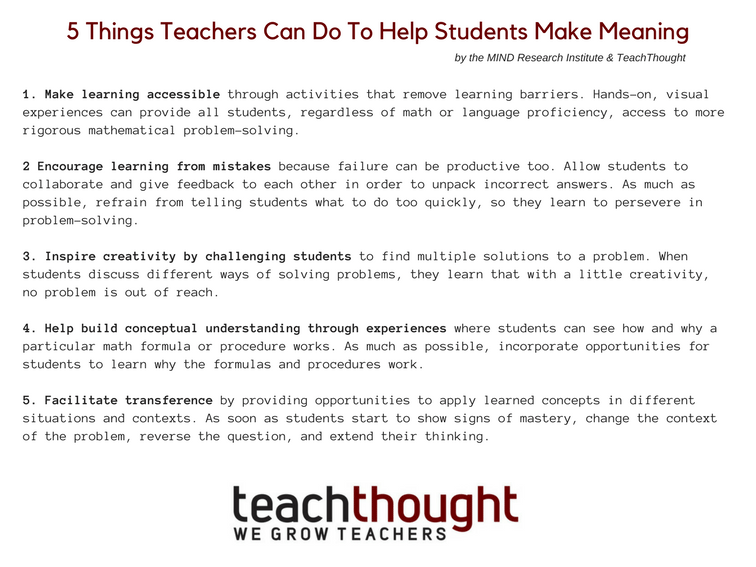
5 Things Teachers Can Do To Help Students Make Meaning contributed by Kelsey Skaggs, MIND Research Institute Rigor gets a bad reputation. It’s that thing that makes life difficult and uncomfortable. Apply it to a person and they can be seen as inflexible or unyielding. However, bring a certain type of rigor into the classroom and…
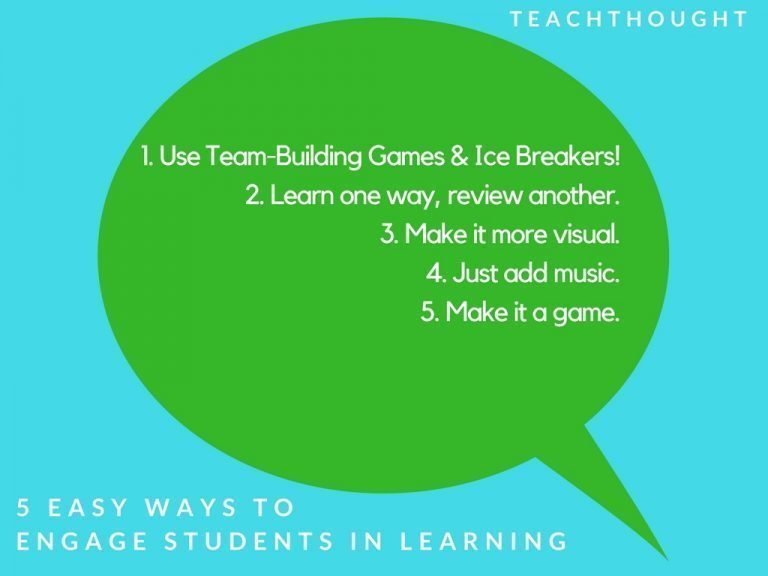
Here are 5 different tools and strategies to help students connect, collaborate, and create more in the classroom.
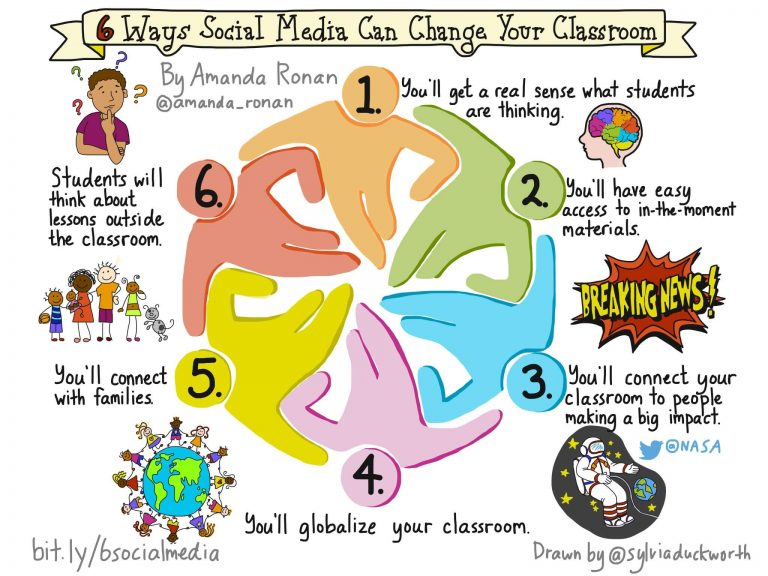
So how do we incorporate healthy social media use in the classroom? The following Sylvia Duckworth graphic offers some helpful initial ideas.